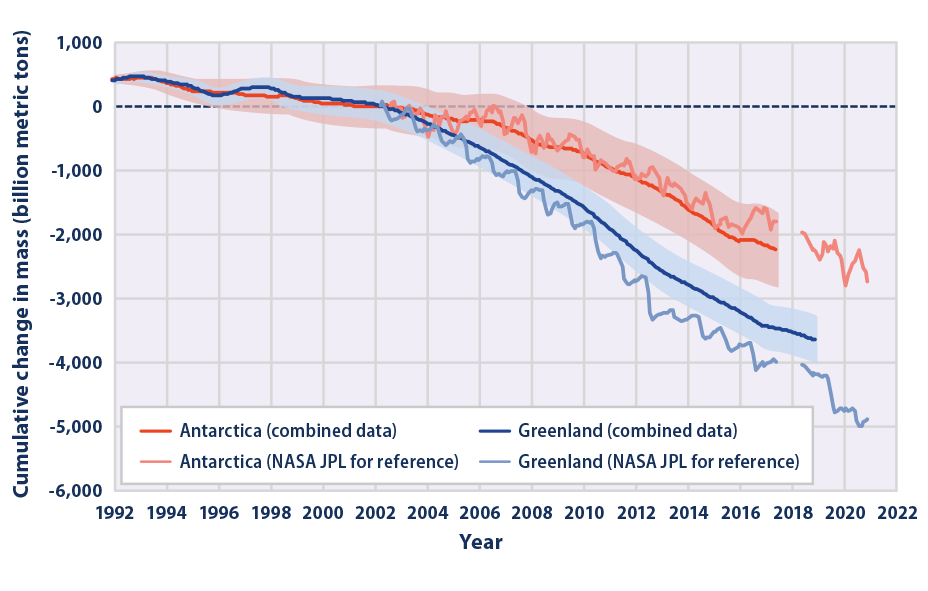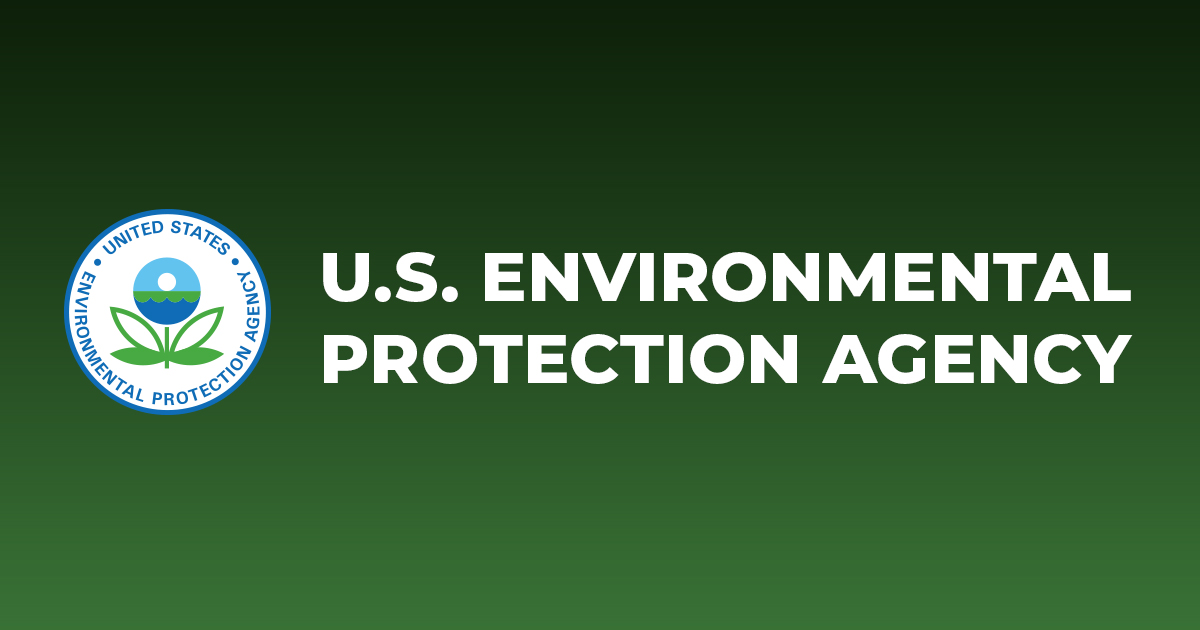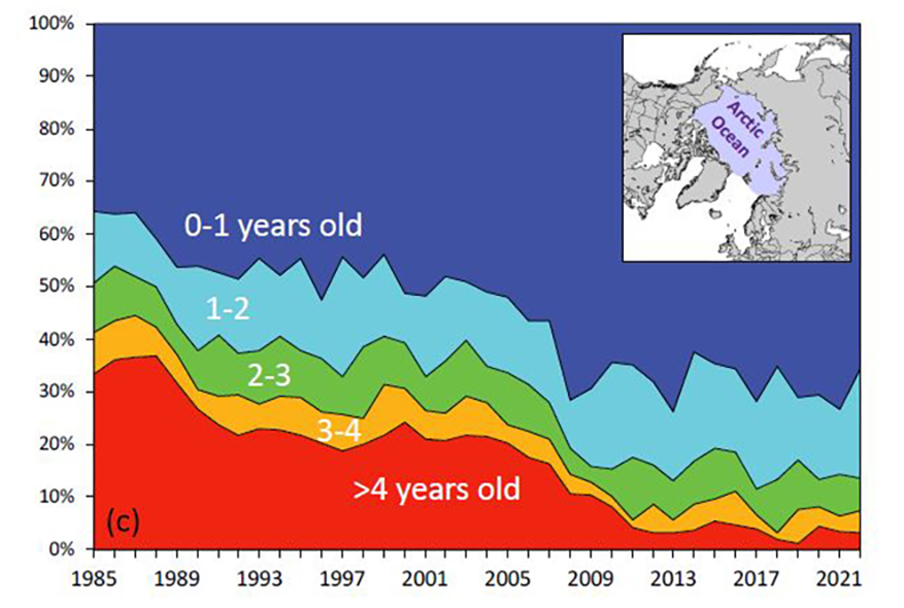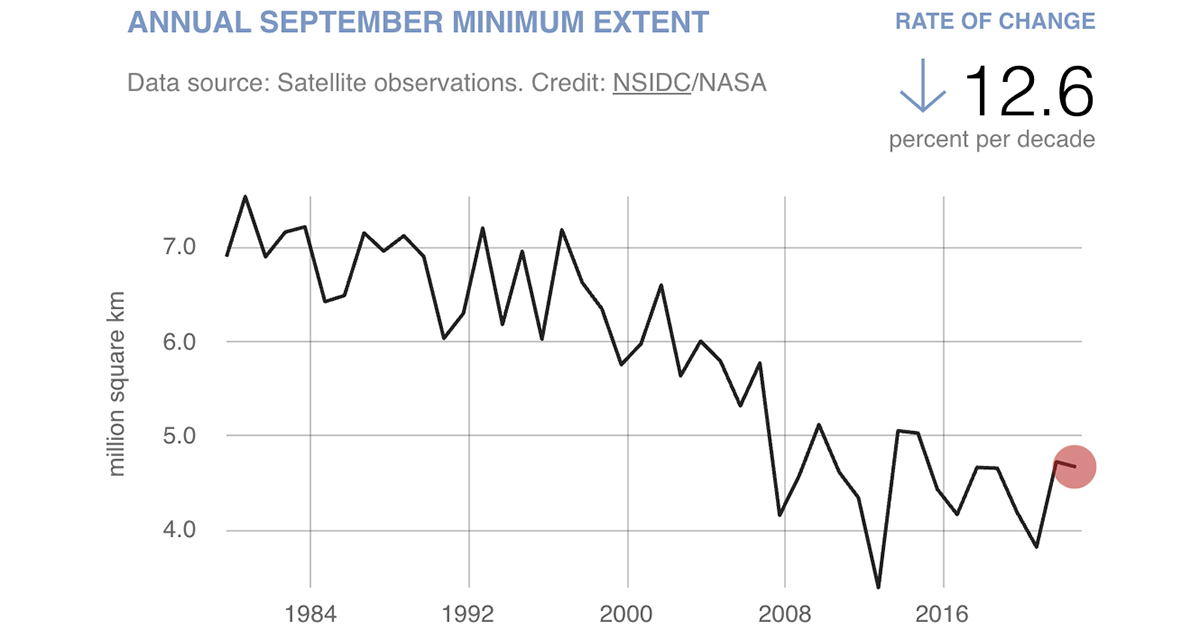Lumpy 1
Diamond Member
- Jun 19, 2009
- 43,466
- 18,246
- 2,330
Eh, mostly sucking the US taxpayers for bucks to finance moronic climate control bullshit to make suckers like you happy. Alas .. failure and are you ever happy moldy Rocks?Now what do you think that the climate treaty signed by 194 nations was all about? You fellows are so fucking stupid.




